Garden Rugs: Expert Guide to Preventing Mold in Tropical Climates
Table Of Contents
- Understanding Mold Challenges in Tropical Climates
- Best Rug Materials for Tropical Gardens
- Proper Positioning and Installation
- Essential Maintenance Routines
- Effective Cleaning Solutions
- Proper Storage Techniques
- When to Replace Your Garden Rug
- Conclusion
Singapore's tropical climate creates the perfect environment for outdoor living, with garden spaces serving as extensions of our homes. Adding a stylish outdoor rug can transform these spaces into comfortable, inviting areas for relaxation and entertainment. However, the same high humidity and frequent rainfall that nourishes our lush gardens also creates ideal conditions for mold growth on outdoor textiles.
At Loft Home Furniture, we understand the frustration of discovering unsightly mold spots on your carefully selected garden rugs. The good news is that with the right knowledge and preventative measures, you can enjoy beautiful, mold-free outdoor rugs even in our challenging tropical environment. This comprehensive guide shares expert strategies for selecting, maintaining, and protecting your garden rugs from Singapore's persistent mold and mildew problems.
Understanding Mold Challenges in Tropical Climates
Before tackling mold prevention, it's important to understand why tropical climates like Singapore present such a challenge for outdoor textiles. With average humidity levels exceeding 80% and temperatures consistently above 25°C year-round, fungi have optimal conditions to thrive. Add frequent rainfall to the equation, and garden rugs become particularly vulnerable to mold infiltration.
Mold spores are constantly present in our environment, but they require specific conditions to grow: moisture, warmth, and an organic food source. Unfortunately, most rug materials provide at least one of these elements, with the tropical climate supplying the rest. When mold takes hold, it not only creates unsightly discoloration and musty odors but can also deteriorate the rug fibers and potentially trigger allergic reactions in sensitive individuals.
The challenge in Singapore isn't just preventing initial mold growth, but maintaining vigilance against its return. Let's explore how to select rugs that are naturally more resistant to these challenges.
Best Rug Materials for Tropical Gardens
The foundation of mold prevention begins with selecting the right materials for your outdoor space. Some materials naturally resist mold better than others and are particularly well-suited to Singapore's climate:
Synthetic Fibers
Synthetic materials offer superior mold resistance compared to natural fibers. Consider these options:
Polypropylene: Perhaps the best choice for tropical environments, polypropylene rugs are non-absorbent, quick-drying, and naturally resistant to mold and mildew. Many of our outdoor rugs at Loft Home use this material specifically for its performance in humid conditions.
Polyester: Another excellent synthetic option that dries quickly and resists moisture absorption. Polyester rugs often offer vibrant colors that resist fading, even with Singapore's intense sun exposure.
Nylon: While slightly more absorbent than polypropylene, nylon offers exceptional durability and can be treated with mold-inhibiting finishes to enhance its performance outdoors.
Natural Options with Caution
If you prefer natural materials, these options can work in covered outdoor areas with proper care:
Seagrass: Naturally more water-resistant than many plant fibers, seagrass can work in semi-protected areas, though it still requires vigilant maintenance in tropical settings.
Bamboo: While technically not a rug material, bamboo mats can serve as outdoor floor coverings with better natural resistance to moisture than most woven natural fibers.
Materials to avoid entirely in Singapore's outdoor spaces include wool, cotton, and jute, as these natural fibers absorb moisture readily and provide ideal environments for mold growth.
Proper Positioning and Installation
Even with mold-resistant materials, proper placement significantly impacts your rug's longevity in tropical environments. Consider these positioning strategies:
Elevate when possible: Placing your rug on a slightly elevated surface rather than directly on soil or grass improves airflow underneath. Consider positioning it on a deck, patio tiles, or raised platform from our outdoor furniture collection.
Avoid constant shade: While it seems counterintuitive, rugs in perpetually shaded areas often experience more mold problems because they dry more slowly after rain. Positions that receive some morning sunlight allow for natural drying and UV exposure, which helps inhibit mold growth.
Consider partial coverage: For balconies or patios with roofs but open sides, position rugs where they receive protection from direct rainfall while still benefiting from air circulation.
Use rug pads: Water-resistant outdoor rug pads create separation between your rug and the ground, improving drainage and airflow. This simple addition significantly reduces mold risk by preventing water from pooling beneath the rug.
Essential Maintenance Routines
Regular maintenance is crucial for preventing mold in Singapore's climate. Incorporate these practices into your routine:
Weekly Maintenance
Regular vacuuming: Vacuum both sides of your outdoor rug at least weekly to remove dirt, debris, and any mold spores before they can establish colonies. Use a vacuum with strong suction but avoid water-extraction models for regular maintenance.
Shake and hang: Once a week, shake your rug vigorously to dislodge debris, then hang it over a railing or outdoor clothes hanger for a few hours in the sun. This simple practice improves air circulation and exposes both sides to mold-inhibiting UV light.
Monthly Deep Care
Thorough drying: At least monthly (and after heavy rains), ensure your rug dries completely on both sides. Hang it in a sunny, well-ventilated area for a full day.
Inspect for early signs: During monthly maintenance, carefully inspect for any discoloration, musty odors, or texture changes that might indicate early mold development. Early intervention prevents extensive contamination.
Rotate the rug: Change the orientation of your rug monthly to ensure even wear and prevent moisture from consistently accumulating in the same areas.
Effective Cleaning Solutions
Beyond regular maintenance, periodic cleaning with appropriate solutions helps prevent mold establishment. Consider these effective options:
Preventative Cleaning
Vinegar solution: A mixture of equal parts white vinegar and water in a spray bottle creates an effective preventative treatment. Spray lightly on both sides of your rug quarterly, allow it to sit for 15 minutes, then rinse thoroughly and dry completely in the sun. Vinegar's acidity creates an inhospitable environment for mold.
Commercial mold preventatives: Several fabric protectors designed for outdoor use contain mildewcides that help repel moisture and prevent mold growth. Apply according to manufacturer instructions, typically every 3-6 months.
Addressing Existing Mold
If you discover small areas of mold despite your preventative efforts, act quickly with these solutions:
Borax solution: Mix 1 cup of borax with 4 liters of hot water, then apply to affected areas with a soft brush. Allow it to dry without rinsing for residual protection. Borax inhibits mold growth while being gentler on fibers than bleach.
Tea tree oil mixture: Add 10-15 drops of tea tree oil to 1 cup of water in a spray bottle. Spray affected areas, allow to sit for several hours, then brush gently and expose to sunlight. Tea tree oil has natural antifungal properties.
For synthetic rugs only, a solution of 1 part bleach to 10 parts water can effectively eliminate mold, but avoid this on natural fibers or colored rugs as it may cause discoloration.
Proper Storage Techniques
During Singapore's monsoon season or extended periods when you're not using your outdoor spaces, proper storage prevents mold development:
Clean thoroughly before storage: Always clean and completely dry your rug before storing it. Even small amounts of moisture or organic matter can lead to significant mold growth in storage.
Roll, don't fold: Folding creates creases where moisture can accumulate. Instead, roll your rug around a cardboard tube with the pile facing outward.
Use moisture-absorbing products: Place silica gel packets or cedar blocks within your rolled rug to absorb any ambient moisture during storage.
Choose appropriate storage containers: Store rugs in breathable cotton canvas bags rather than plastic containers, which can trap moisture. Our storage solutions include several options suitable for rug protection.
Elevated storage: Store rolled rugs on shelves or in cabinets rather than directly on concrete floors, which can transfer moisture upward into stored items.
When to Replace Your Garden Rug
Even with diligent care, outdoor rugs in tropical climates typically have shorter lifespans than their indoor counterparts. Recognize these signs that it's time for replacement:
Persistent odor: If musty smells persist despite thorough cleaning, mold may have penetrated deep into the fibers or backing material.
Visible deterioration: Fraying edges, disintegrating backing, or areas where fibers are breaking down indicate the rug has reached the end of its useful life.
Recurring mold: When mold repeatedly returns to the same areas shortly after cleaning, it suggests the mold has established deep within the rug structure.
Faded beyond recognition: Significant color loss changes the aesthetic appeal and often indicates fiber degradation that makes the material more susceptible to mold.
At Loft Home Furniture, we recommend replacing outdoor rugs in tropical settings every 2-3 years depending on quality, material, and exposure conditions. Our rug collection includes affordable options specifically designed for Singapore's climate, making regular replacement a practical approach to maintaining beautiful outdoor spaces.
Conclusion
Successfully preventing mold on garden rugs in Singapore's tropical climate requires a multi-faceted approach that begins with selecting the right materials and continues through proper positioning, regular maintenance, and appropriate storage. By implementing the strategies outlined in this guide, you can significantly extend the life of your outdoor rugs while maintaining their beauty and functionality.
Remember that in our climate, some level of increased maintenance is inevitable for outdoor textiles. Establishing a regular care routine prevents minor issues from developing into significant problems and protects your investment in your outdoor living spaces.
At Loft Home Furniture, we're committed to helping Singapore homeowners create beautiful, functional outdoor environments that withstand our unique climate challenges. Our carefully selected range of outdoor furnishings, including mold-resistant rugs, combines style with practicality for tropical living.
Explore our collection of tropical-friendly outdoor rugs and complete your garden oasis with our full range of outdoor furniture. Visit our showroom at Gambas Crescent or shop online at lofthome.com to discover how we're making designer home furnishings accessible for every Singapore home.
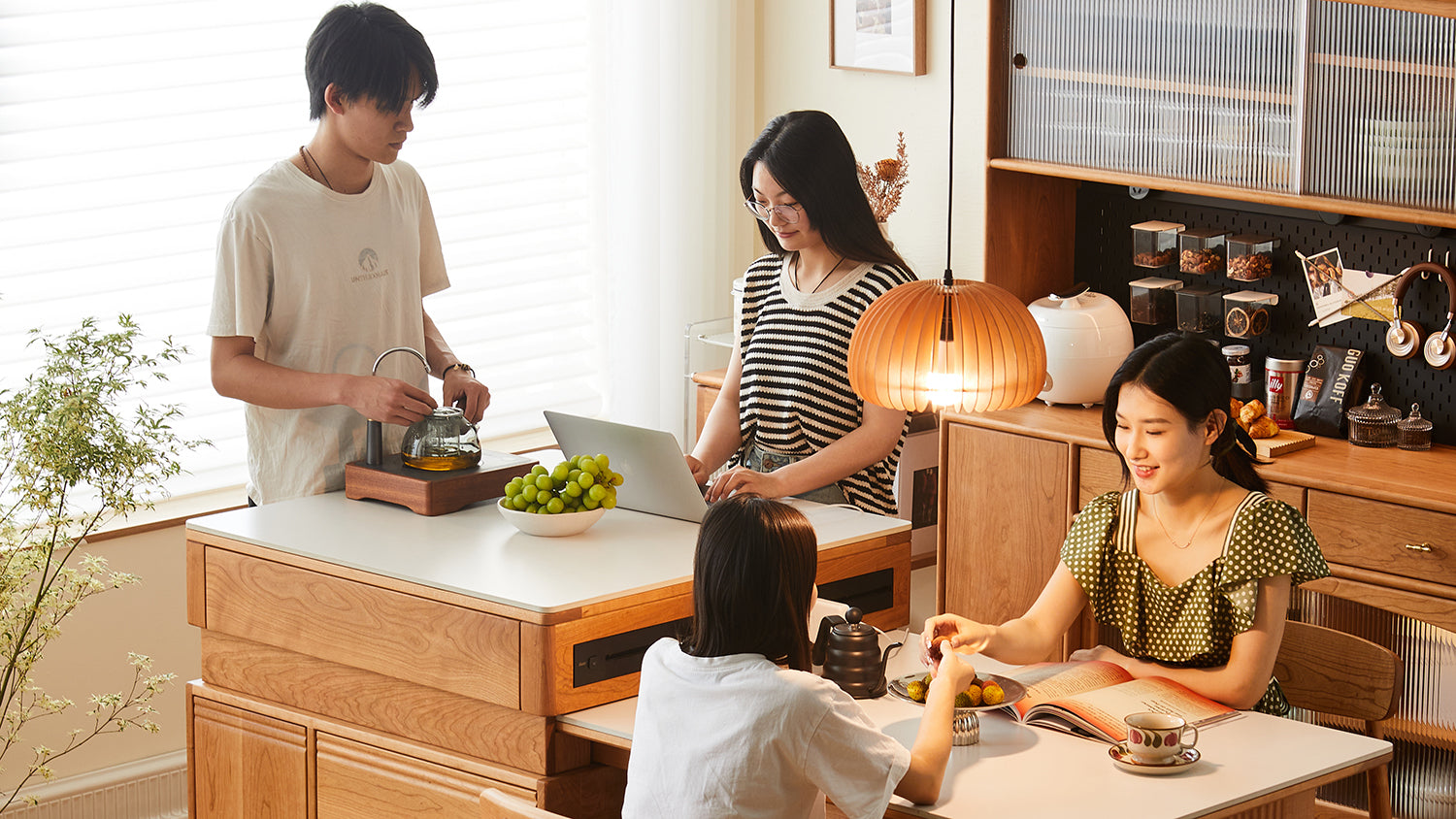

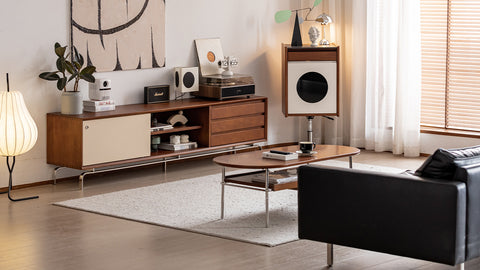
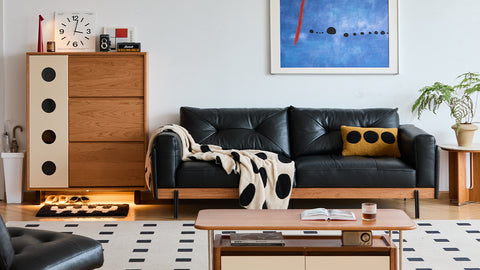
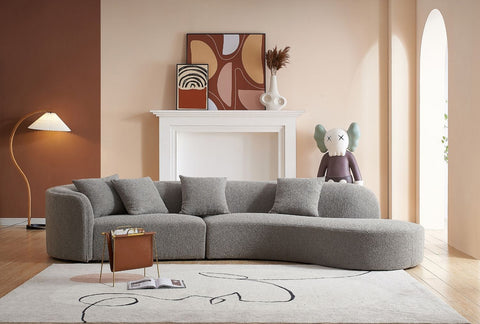
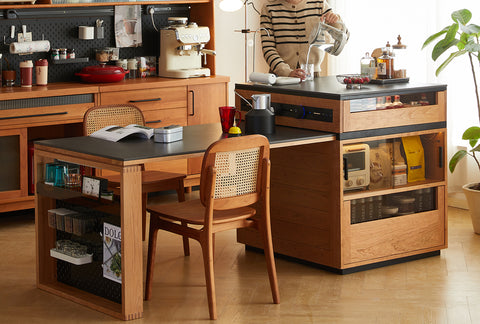

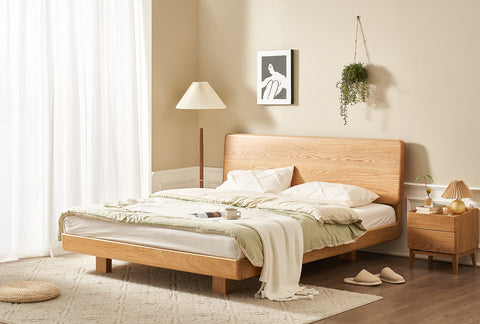






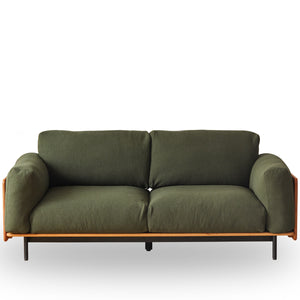

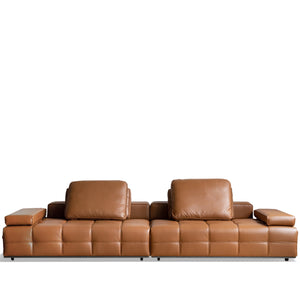

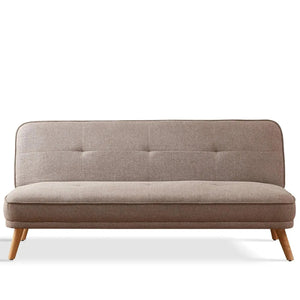



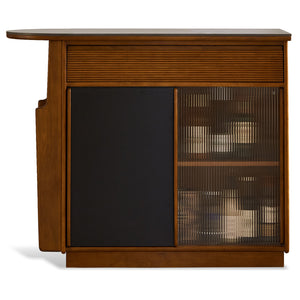
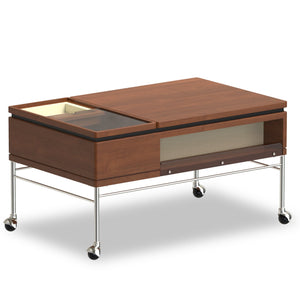
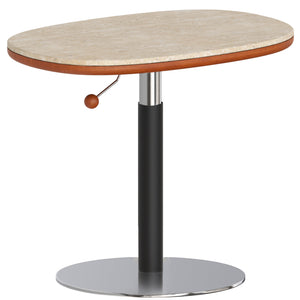
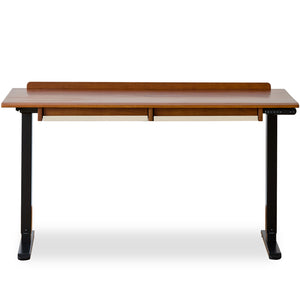


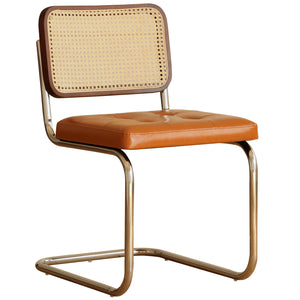
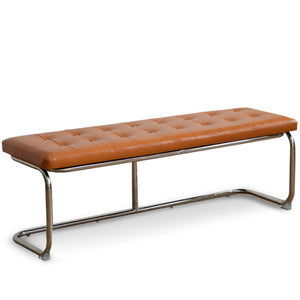
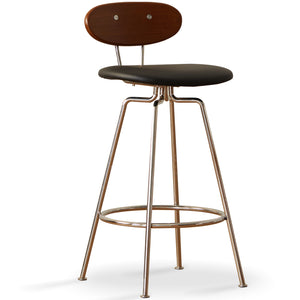
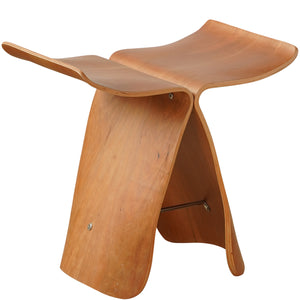


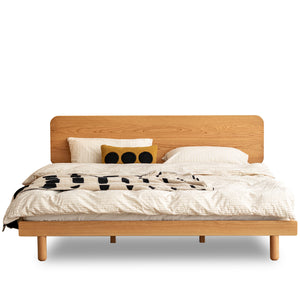



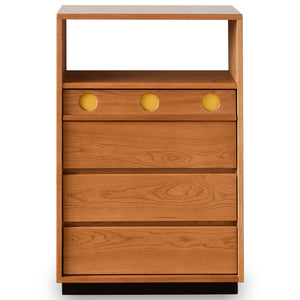
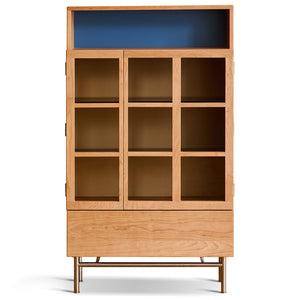
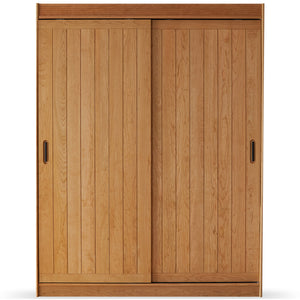
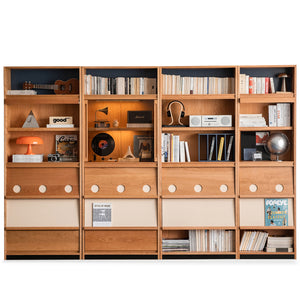
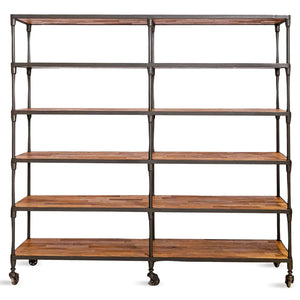
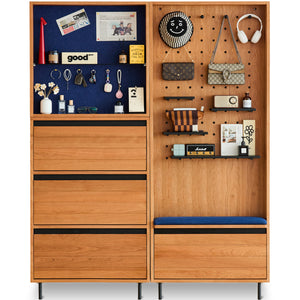
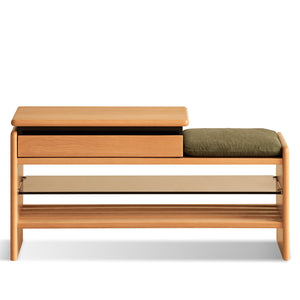
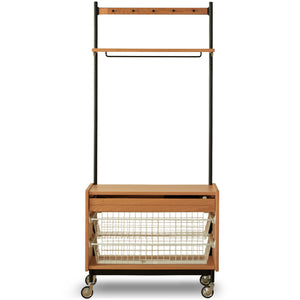






















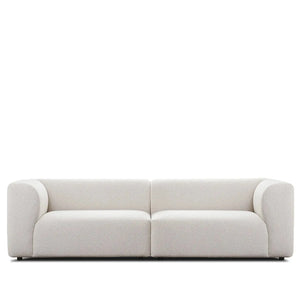




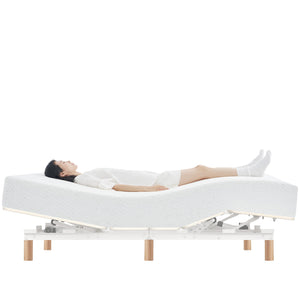
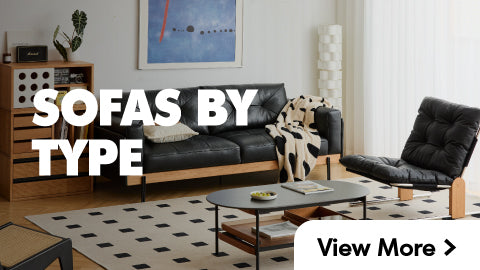
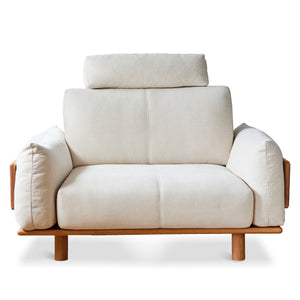
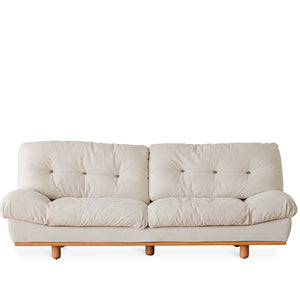
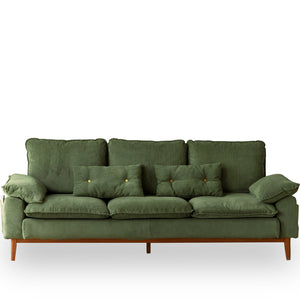


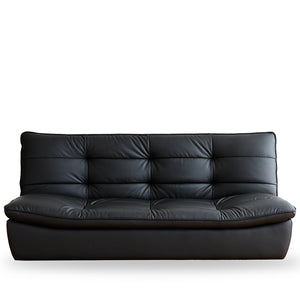
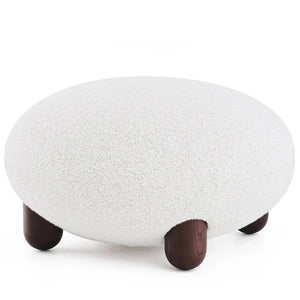
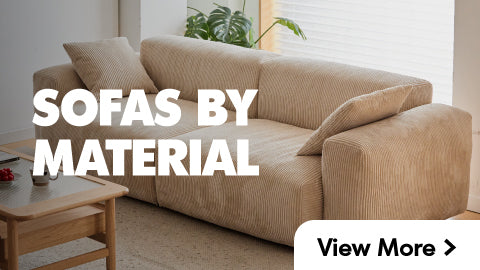
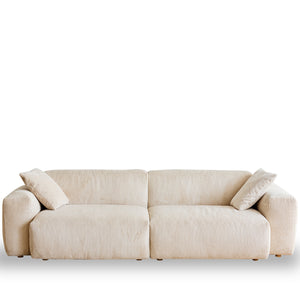
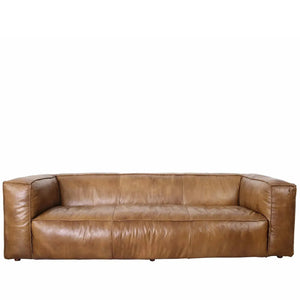
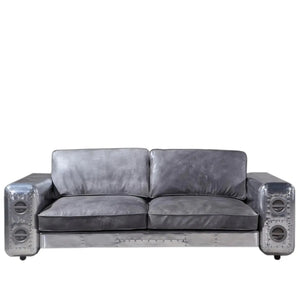
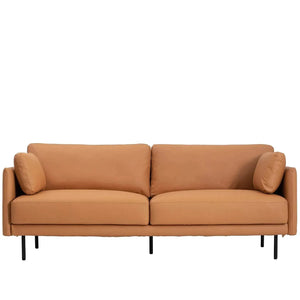
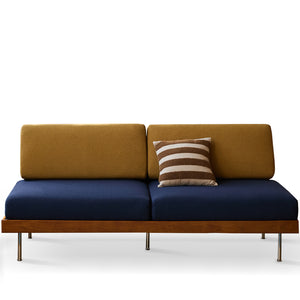
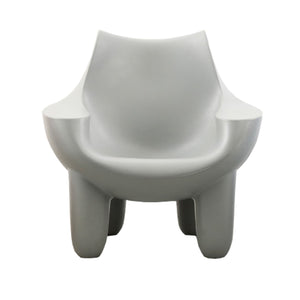
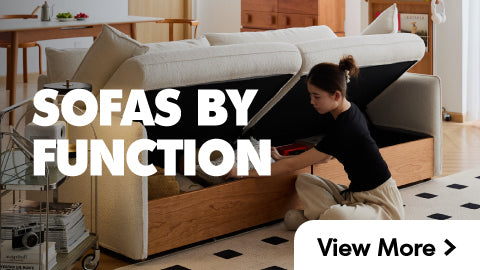
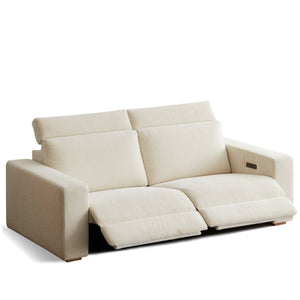
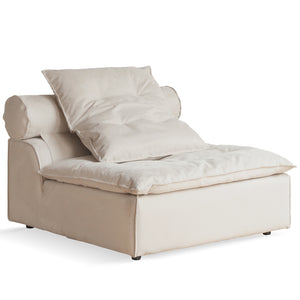
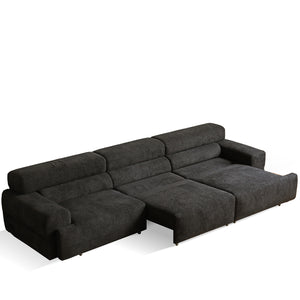


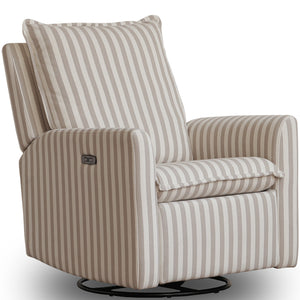

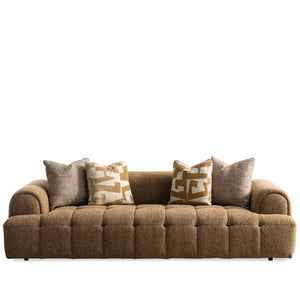
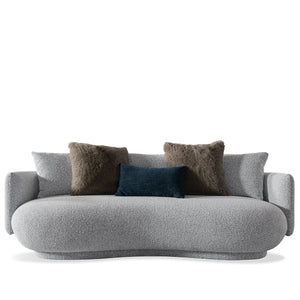

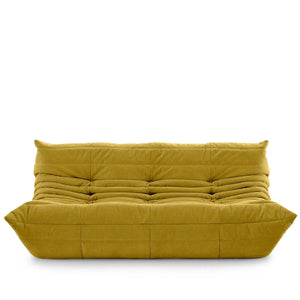
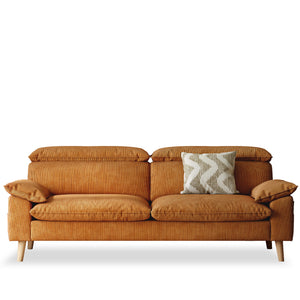
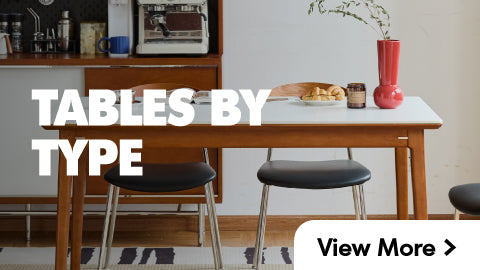
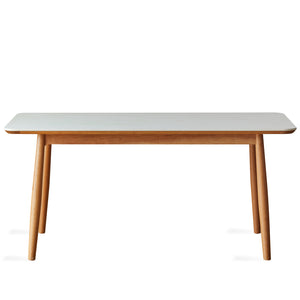

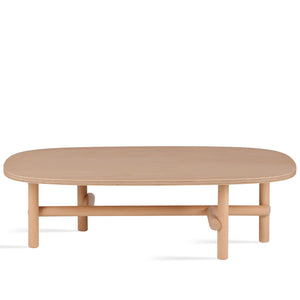
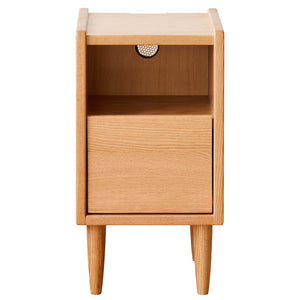
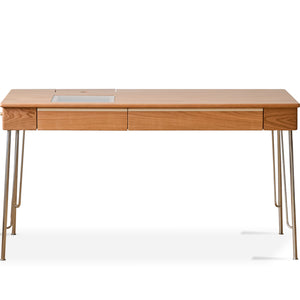
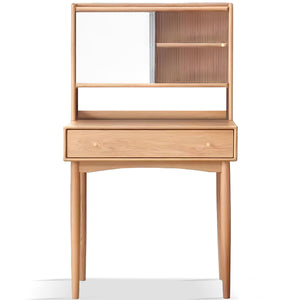


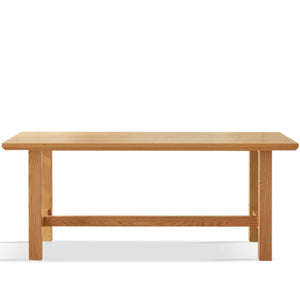

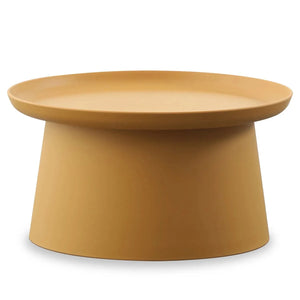
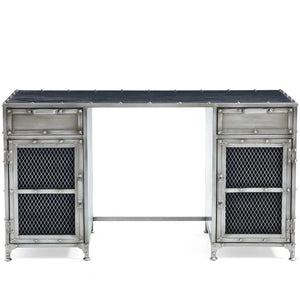
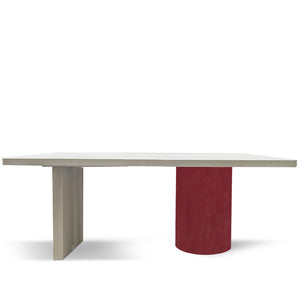

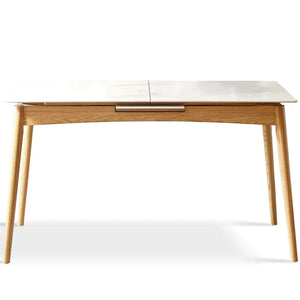
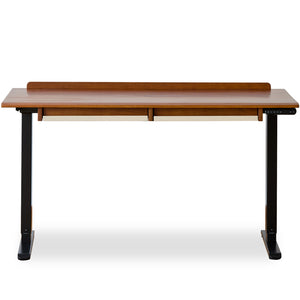
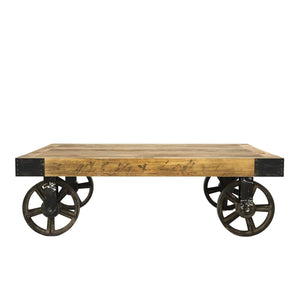
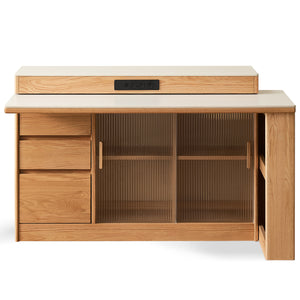
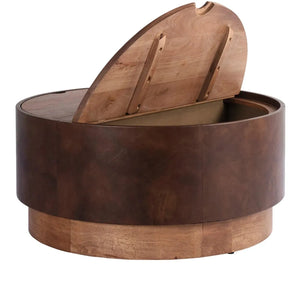
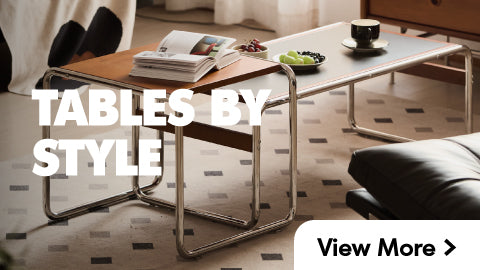
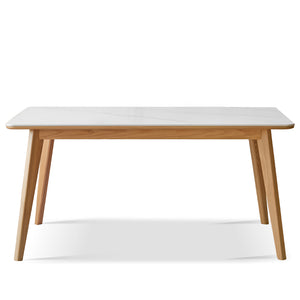
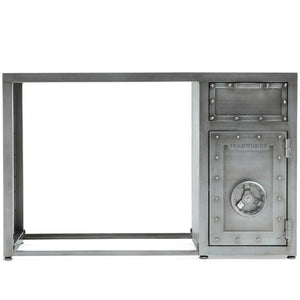
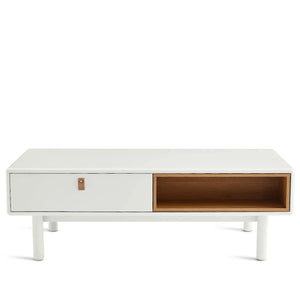

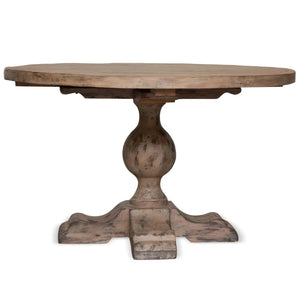
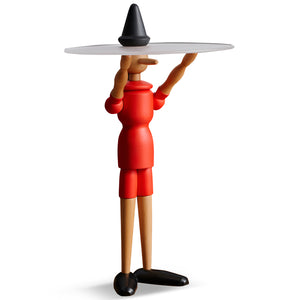

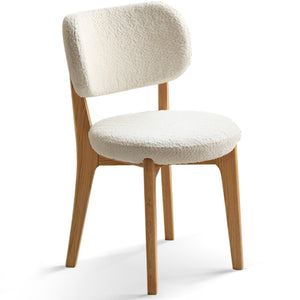
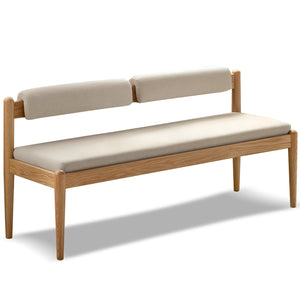
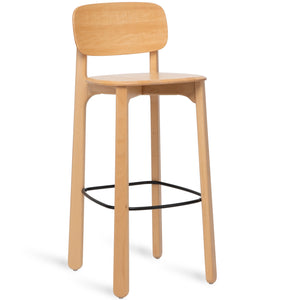
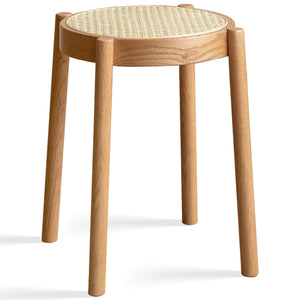


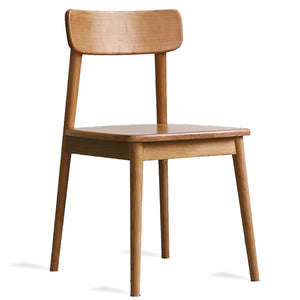

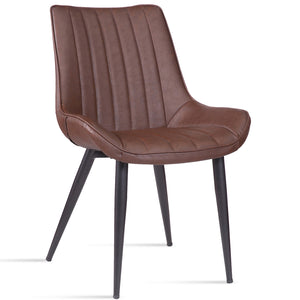

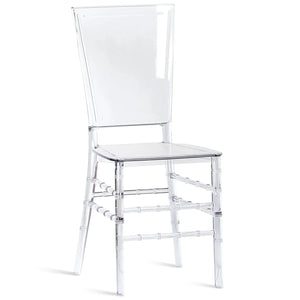

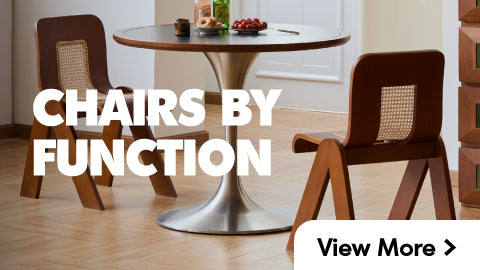
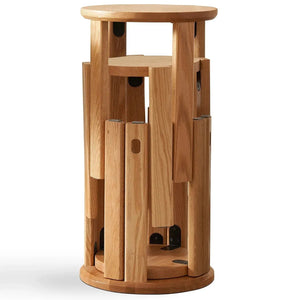

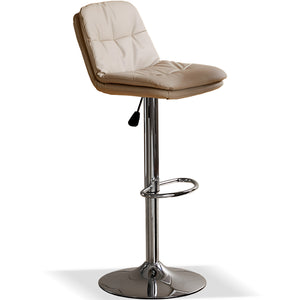
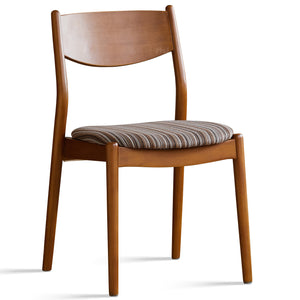

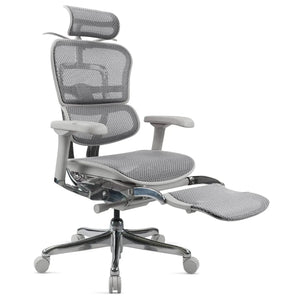

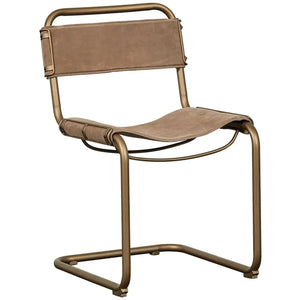
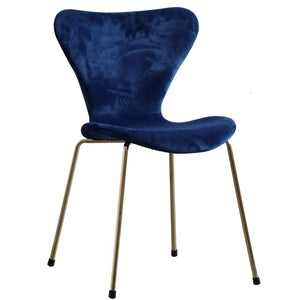
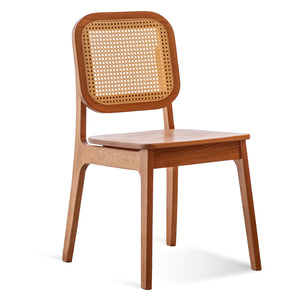




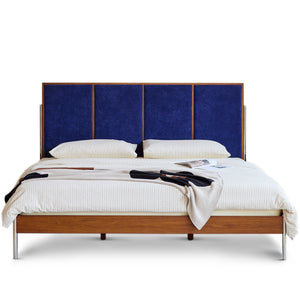

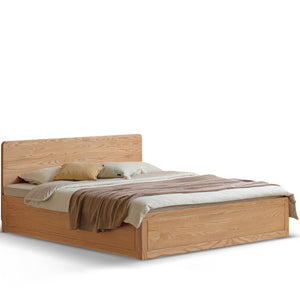
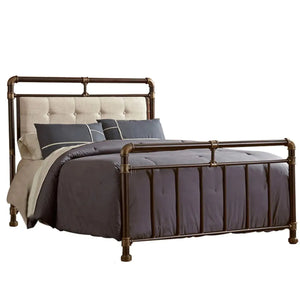
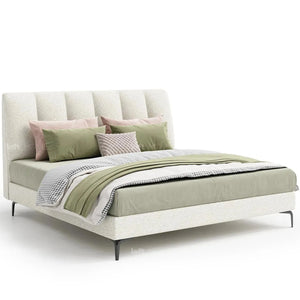
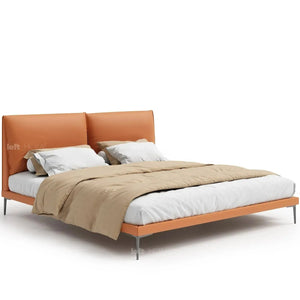
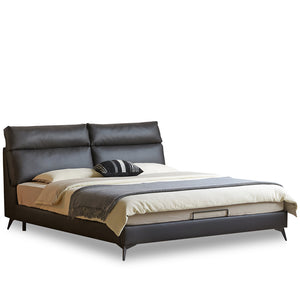
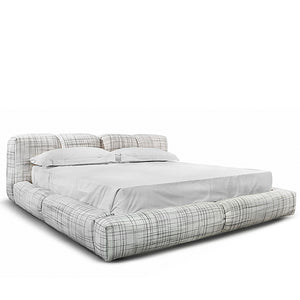

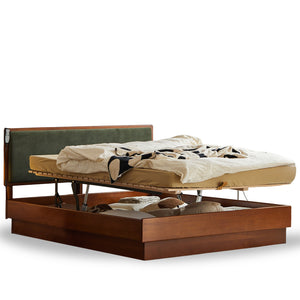

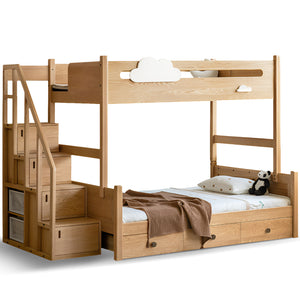

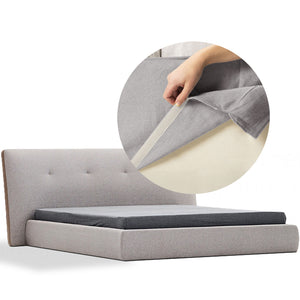
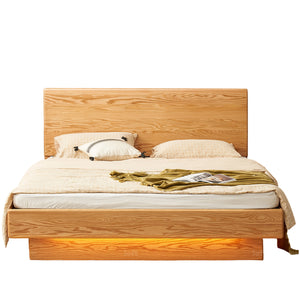


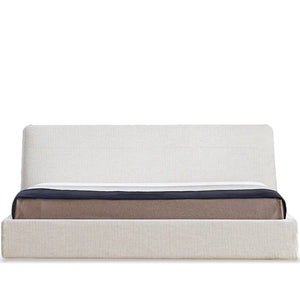
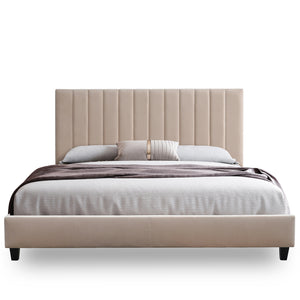
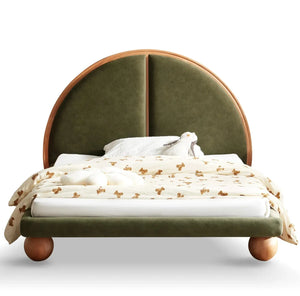
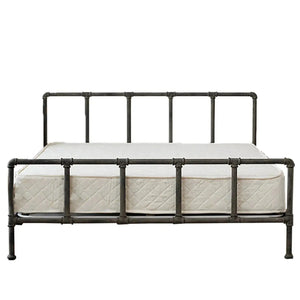



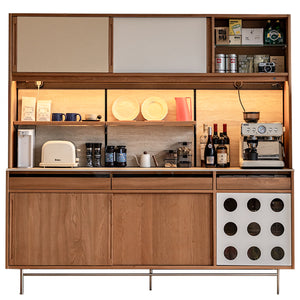



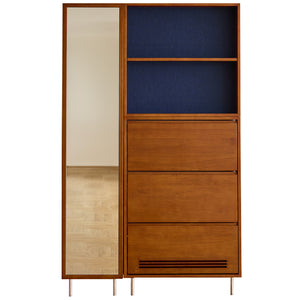



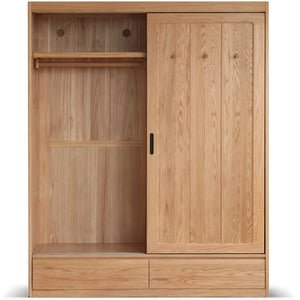
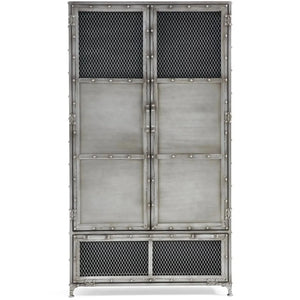
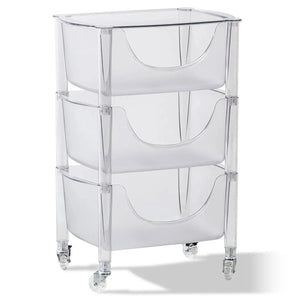
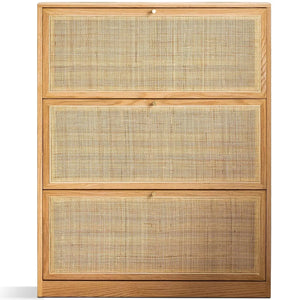
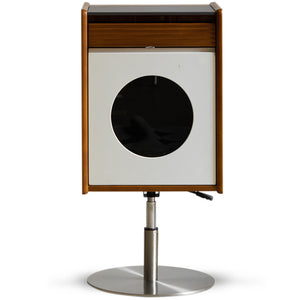


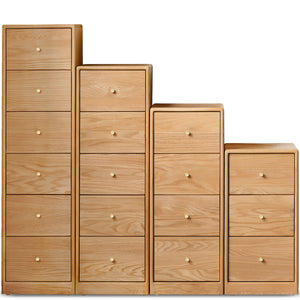
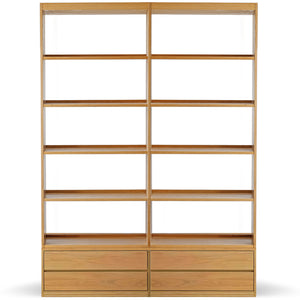
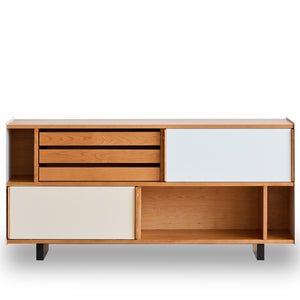
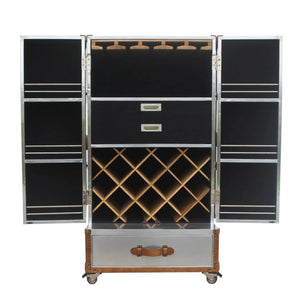

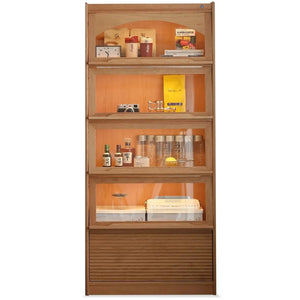

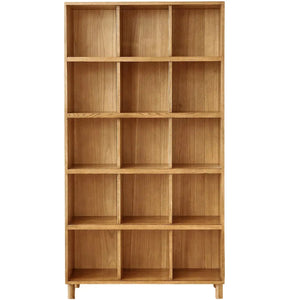
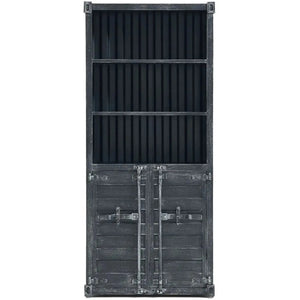
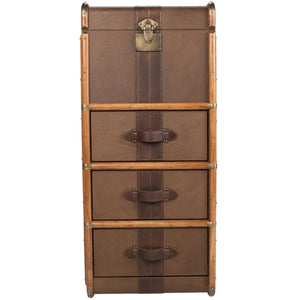
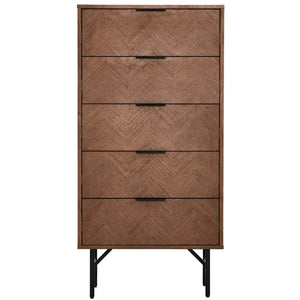
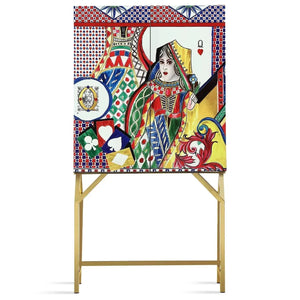
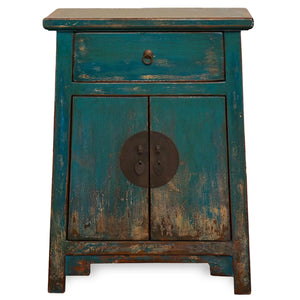


























































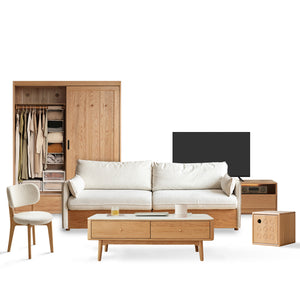
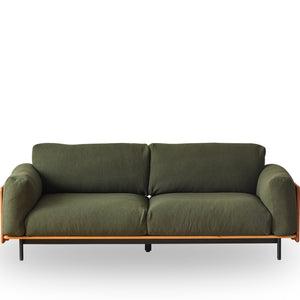
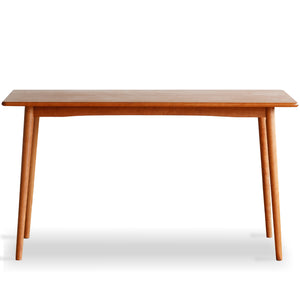
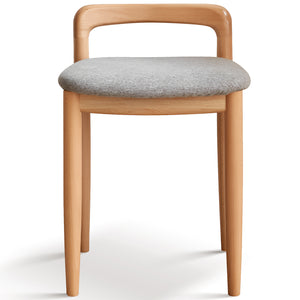
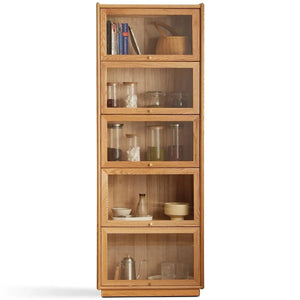



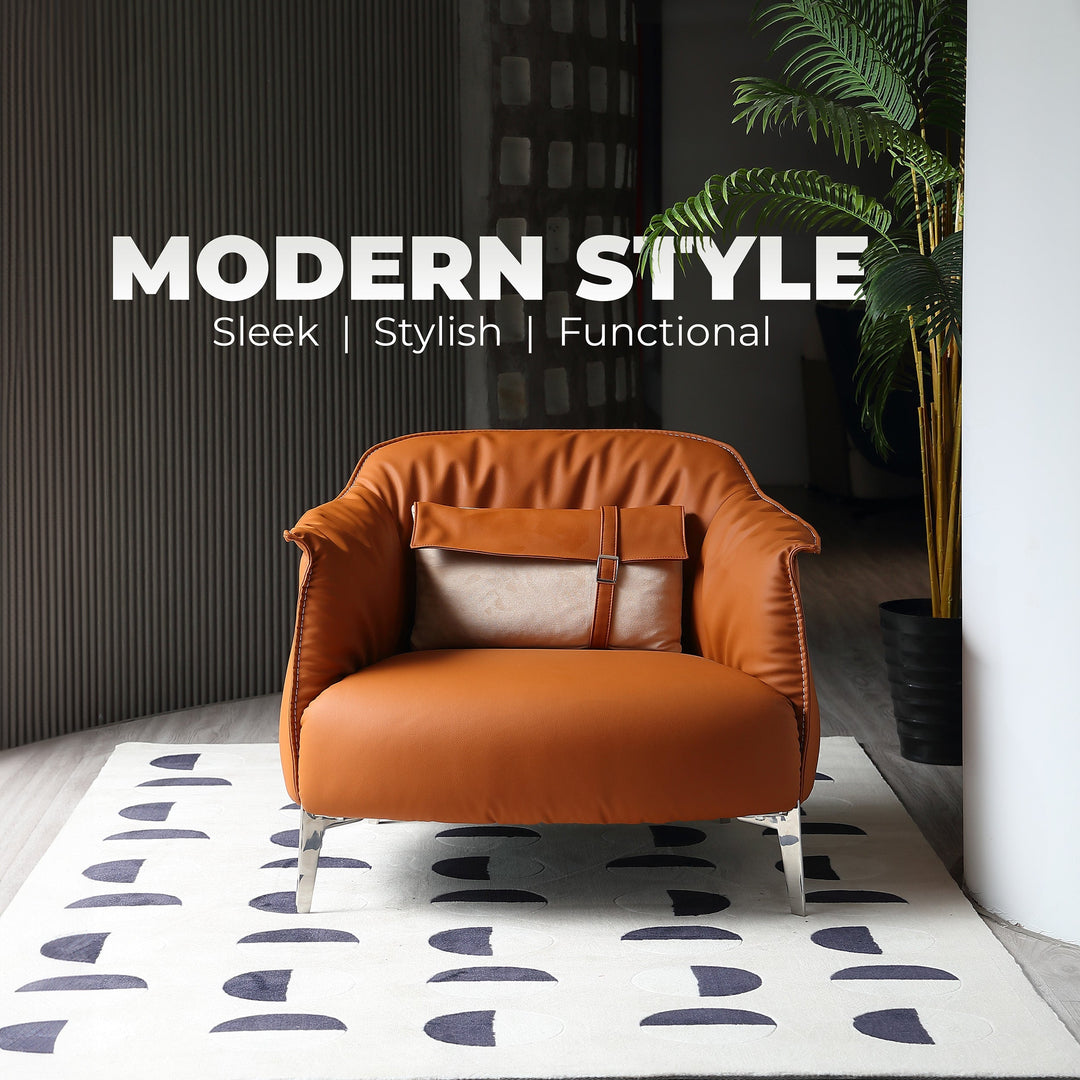
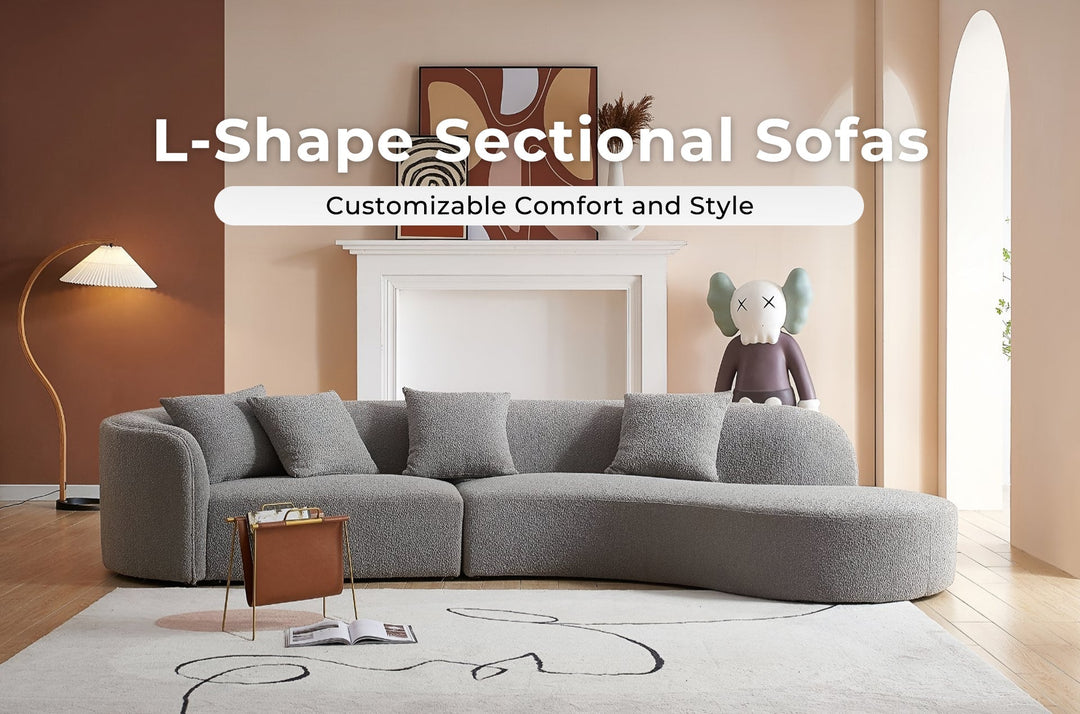

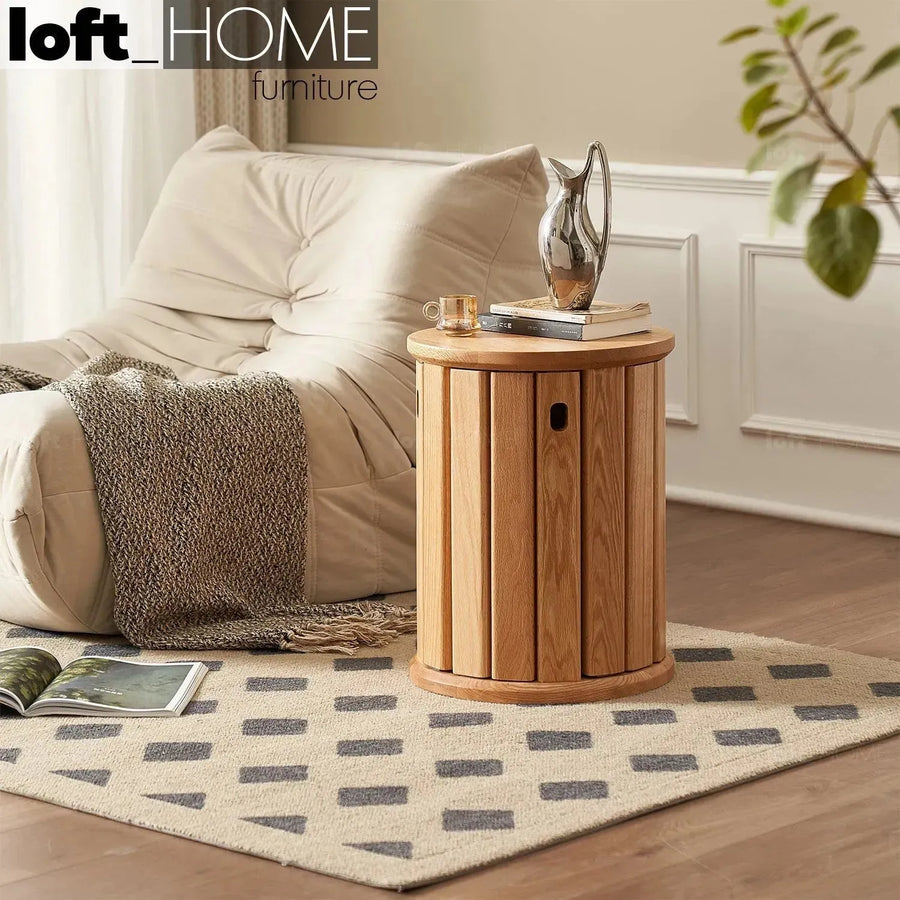
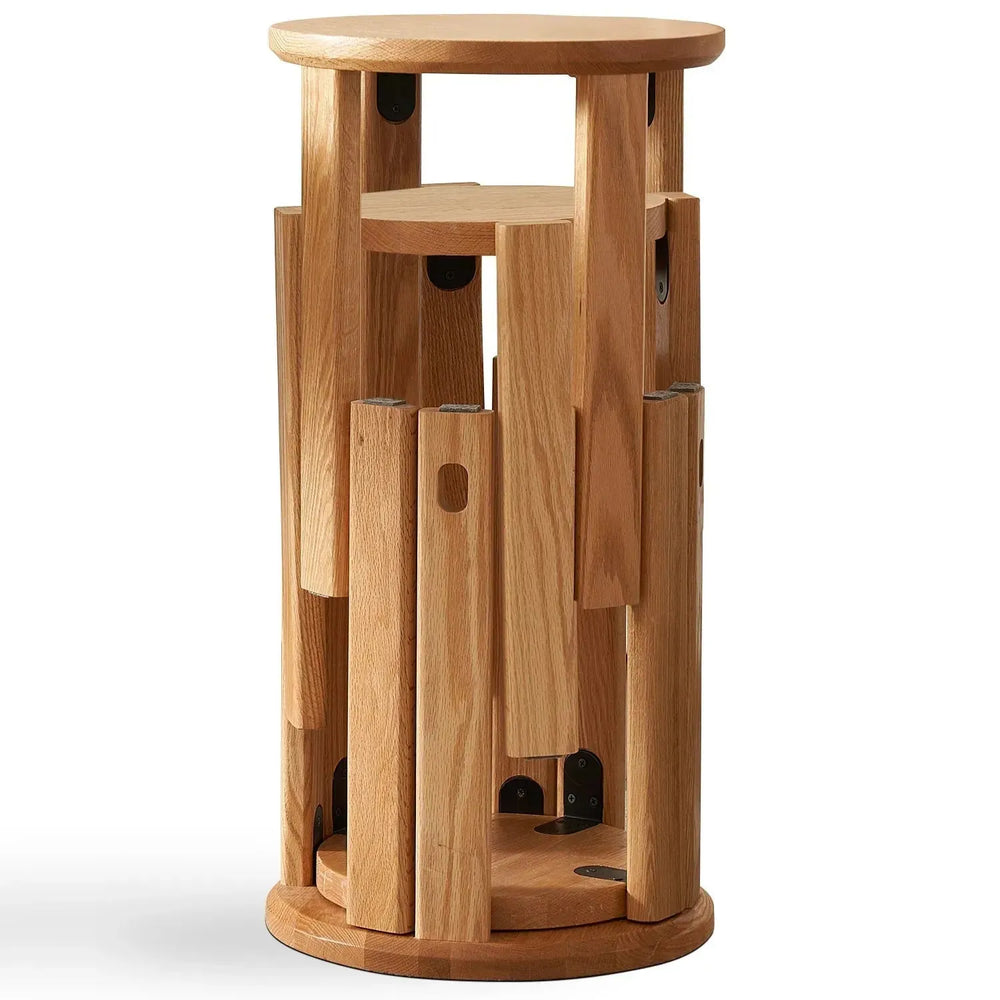


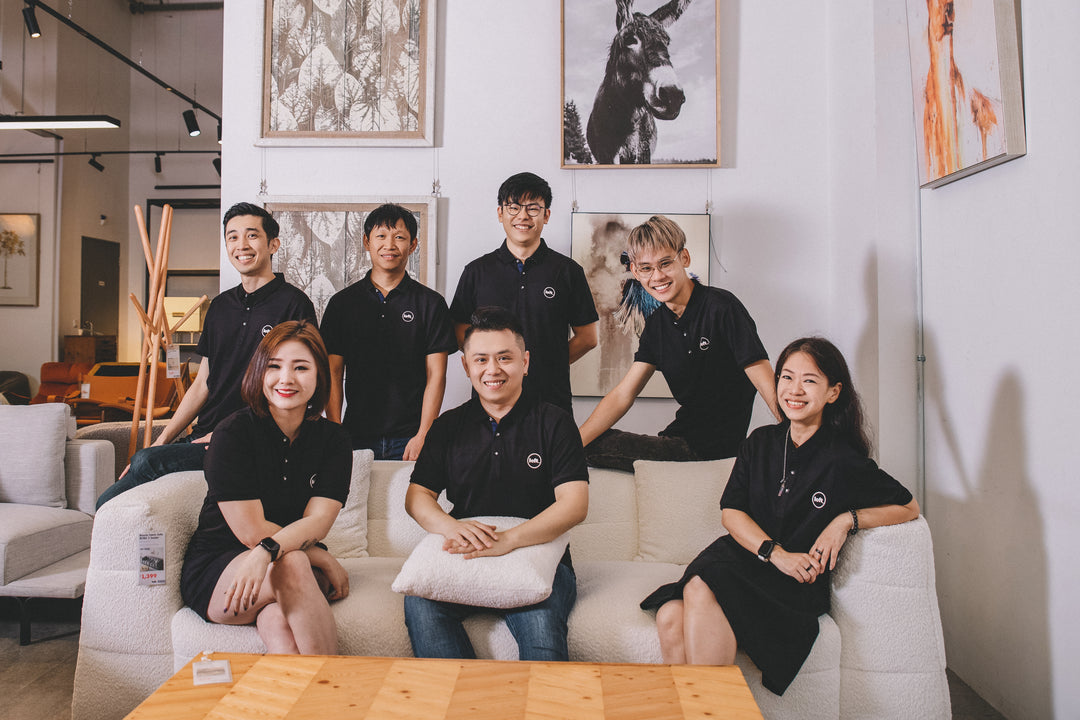

Leave a comment